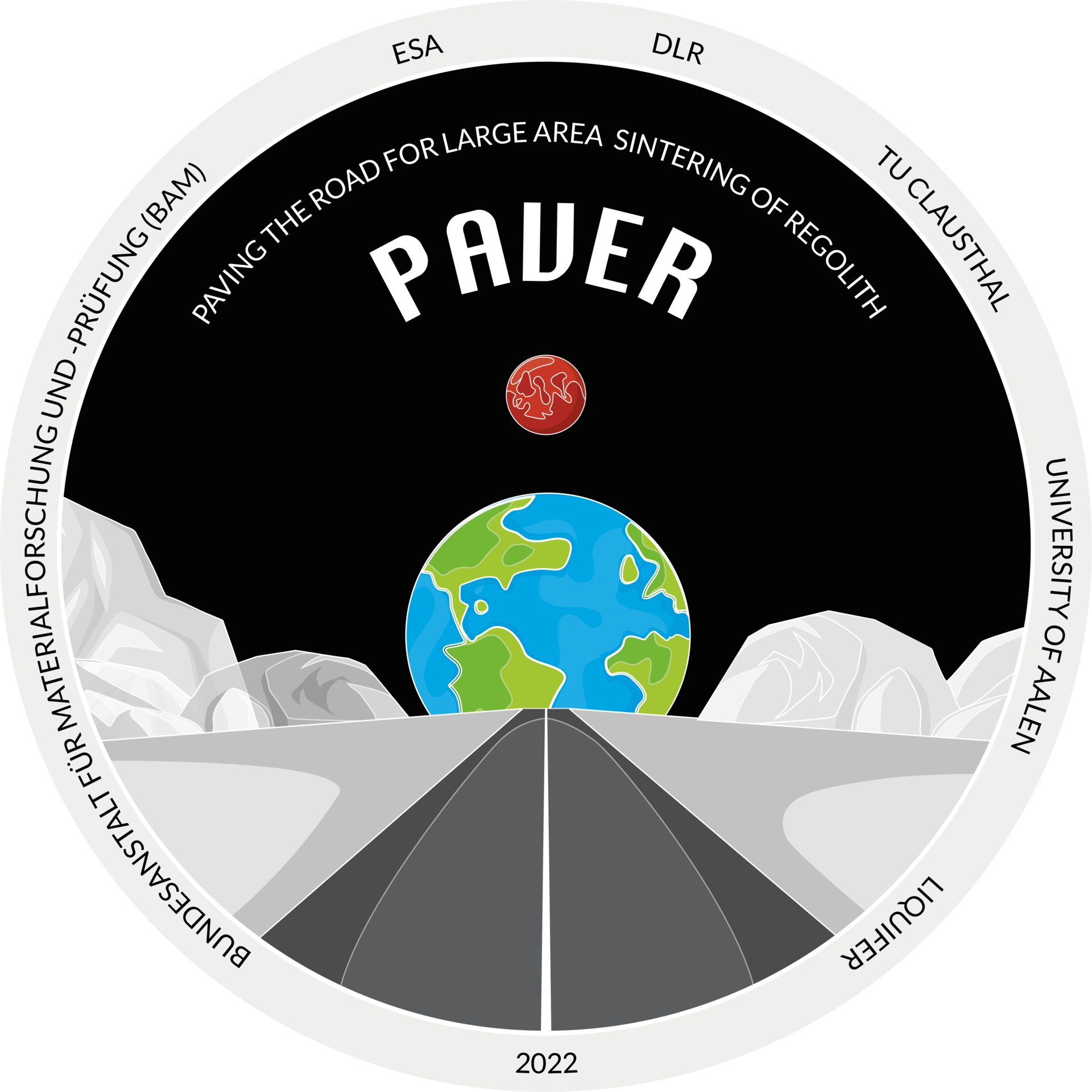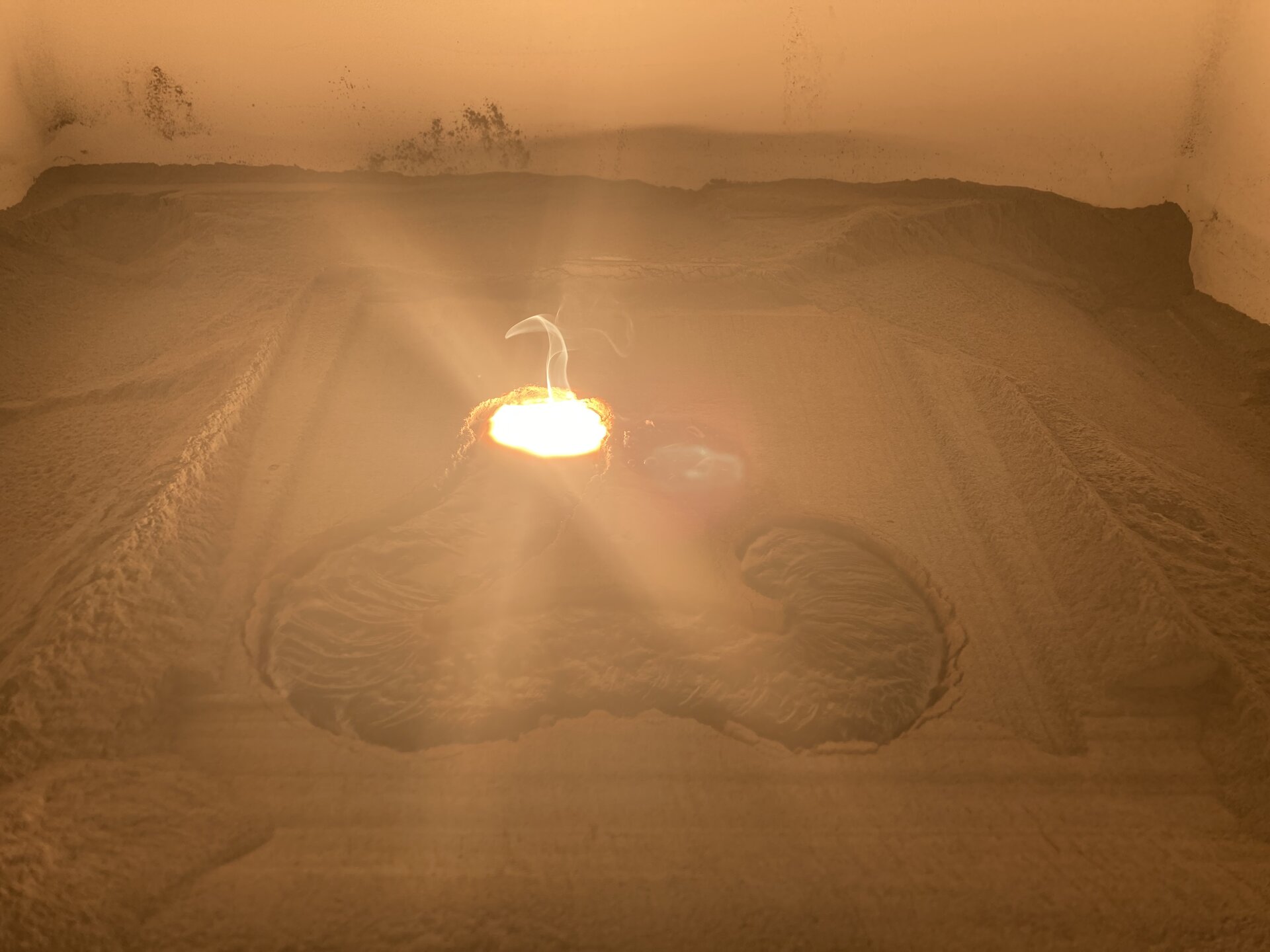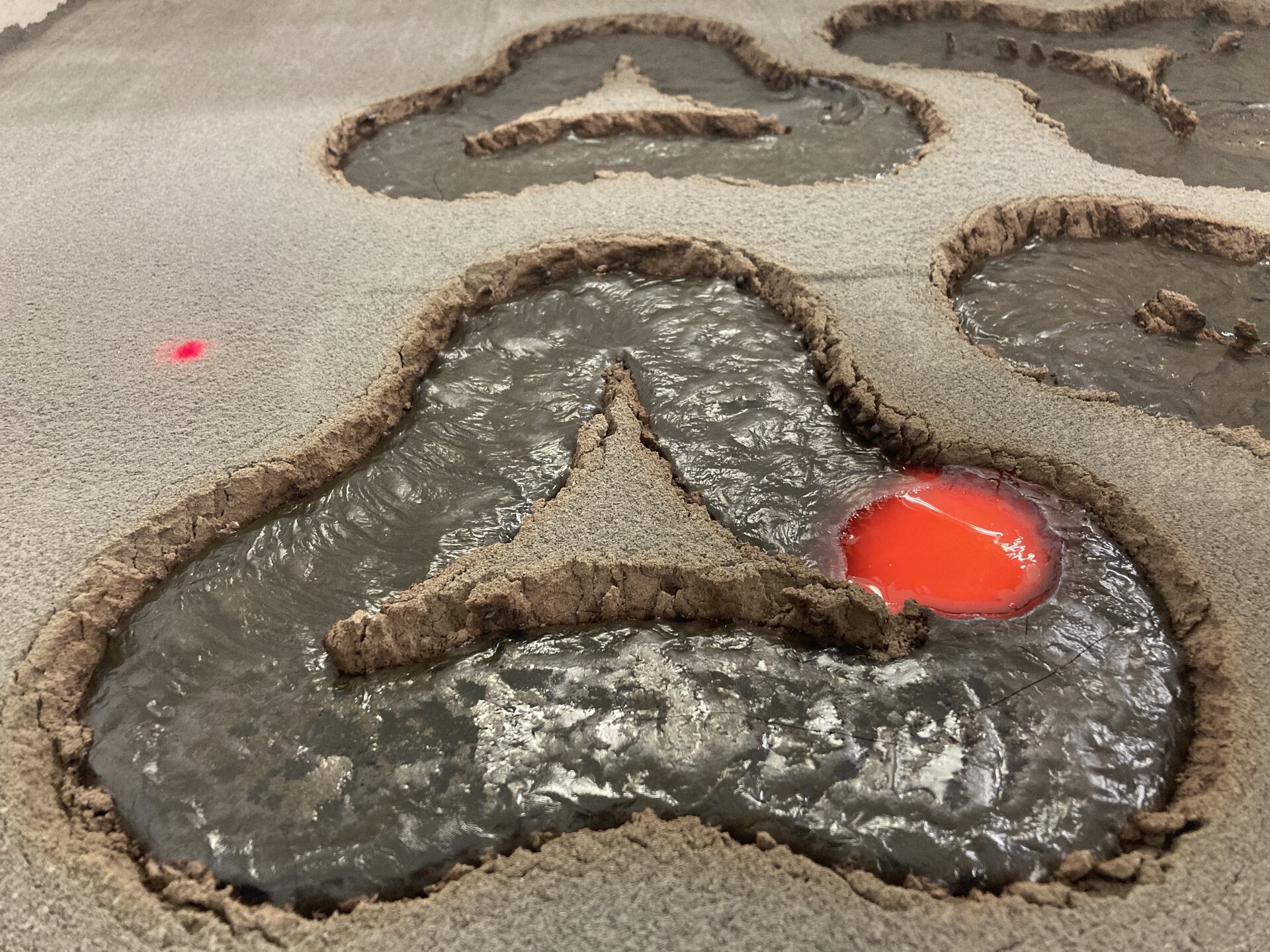The Moon may soon receive more guests than ever before, thanks to an ambitious plan by NASA and its international partners to build a permanent base on its surface for astronauts to stay for a long time.

The basis of future missions to the Moon will be next-generation lunar rovers that will allow crews to explore the surface of the Earth’s moon. However, there is a serious threat regarding the harmful dust that these rovers will raise during movement.
Engineers are working to solve this problem by developing a method that involves melting dust to create a hard surface, like paved roads on Earth. These ways will ensure a safe and fast journey for lunar rovers and their crews.
Roads on the Moon
Tests simulating lunar dust have been carried out on Earth using a laser beam that melts powdery material, turning it into a glassy, solid surface. However, engineers are considering an alternative to working on the Moon, where sunlight can be concentrated on a Fresnel lens to melt dust and create the necessary coating.

The European Space Agency (ESA) recently released a video describing the work on this technology. According to their information, engineers have developed a method that uses a 4.5 cm diameter laser beam to create geometric shapes with a hollow center about 20 cm across. These tiles can be combined to create solid surfaces on significant areas of lunar soil that can serve as roads or landing sites for rovers.
According to the calculations of the project team, it will take approximately 115 days to build a flat landing site using this method. ESA materials engineer Advenit Makaya described the resulting material as “vitreous and brittle”, and added that it was resistant to compression and did not require repair in case of cracks.
Dangerous dust
Lunar dust is known for its danger to equipment and astronauts due to its very sharp structure. The moon’s low gravity makes it even more dangerous for missions visiting its surface.


“The problem of dust exposure was relevant for NASA back in the days of the Apollo program. During the missions, astronauts were constantly confronted with dust, which interfered with the operation of equipment, leading to overheating and damage to spacesuits,” stated on the agency’s website.
Any technology that helps keep dust at a distance will be extremely useful for the planned Artemis missions, so engineers are actively working on developing lunar coating methods to turn dust into roads and ensure safe movement for our astronauts.
Earlier we explained why it was so difficult to land on the Moon.
According to ESA
Follow us on Twitter to get the most interesting space news in time
https://twitter.com/ust_magazine

